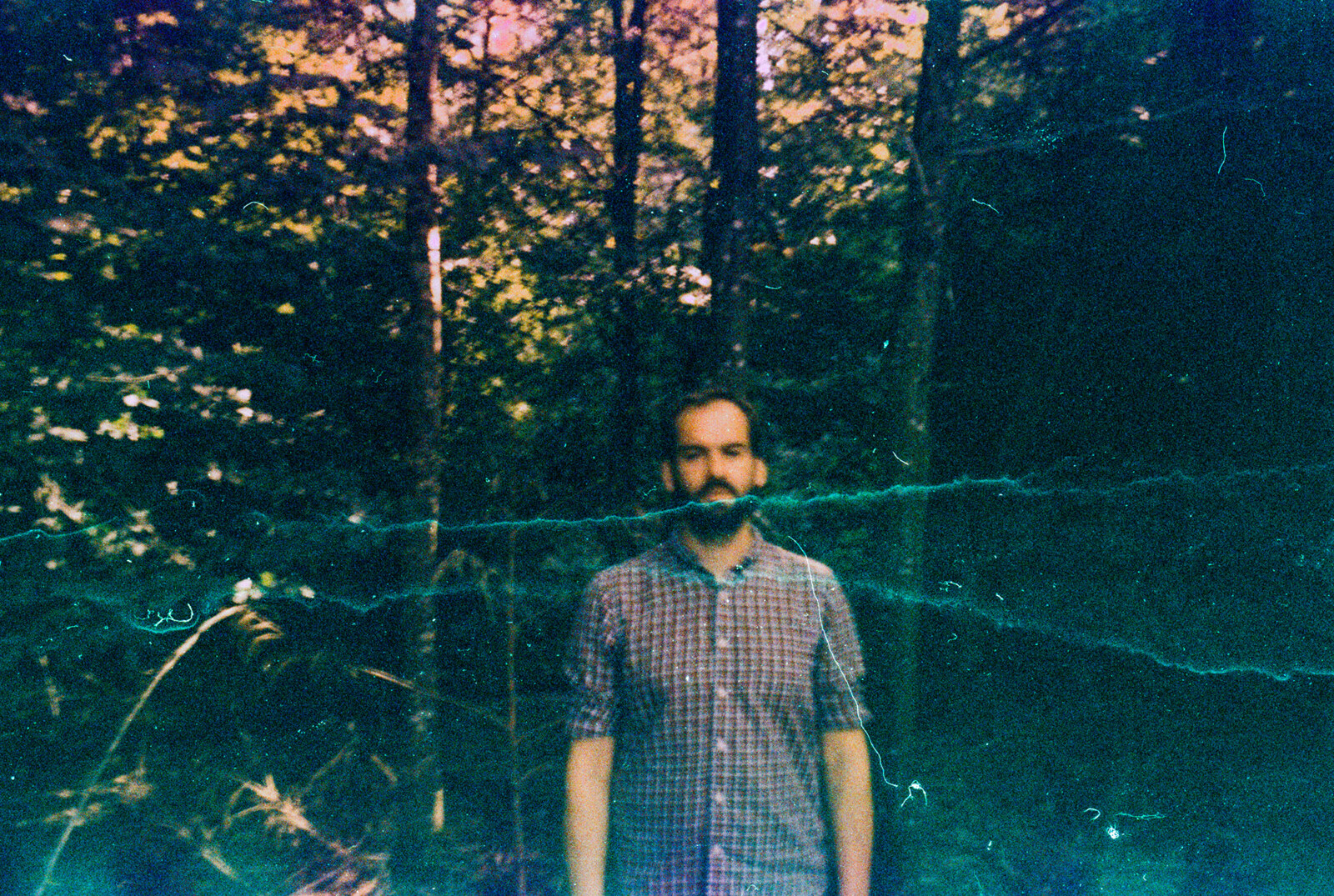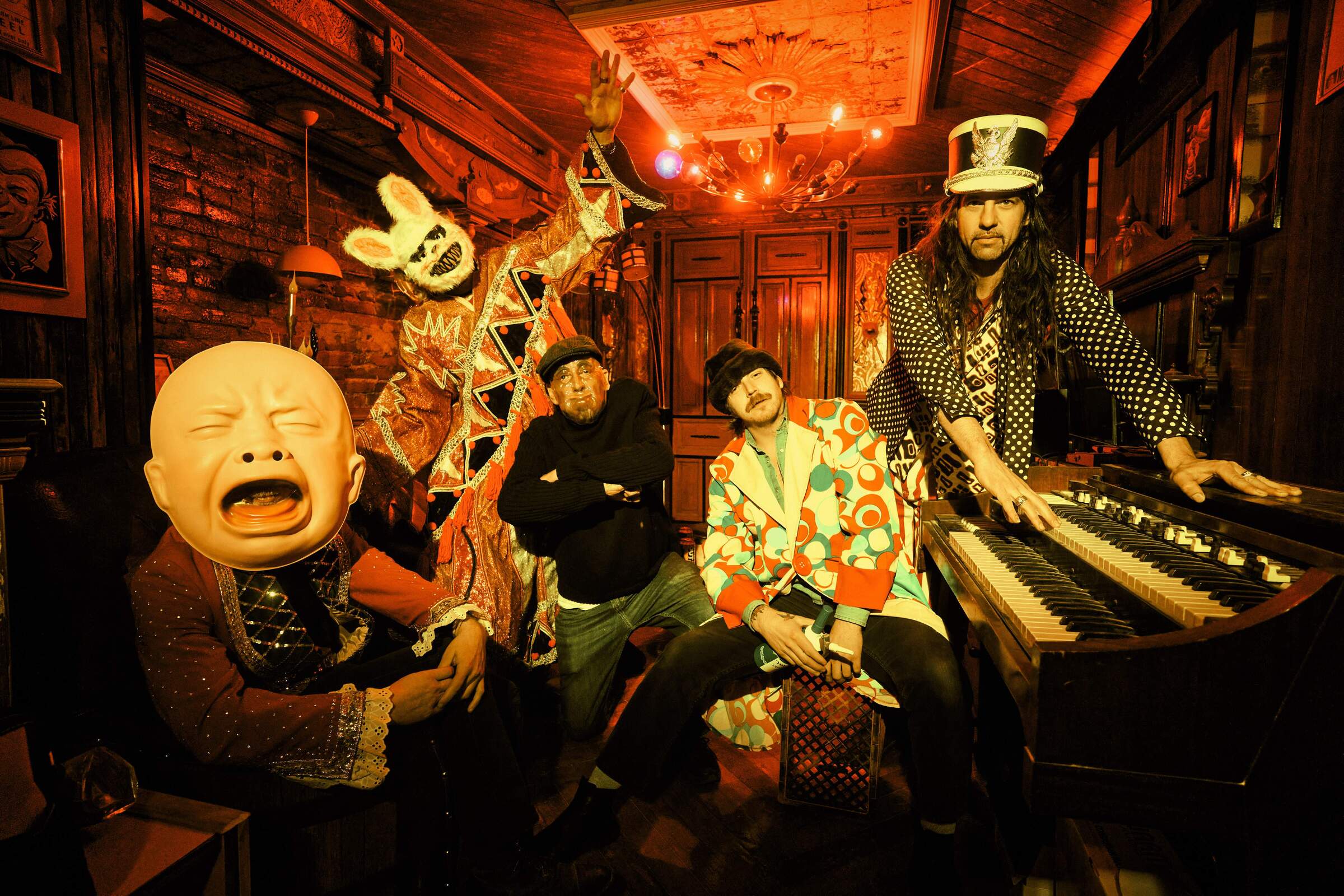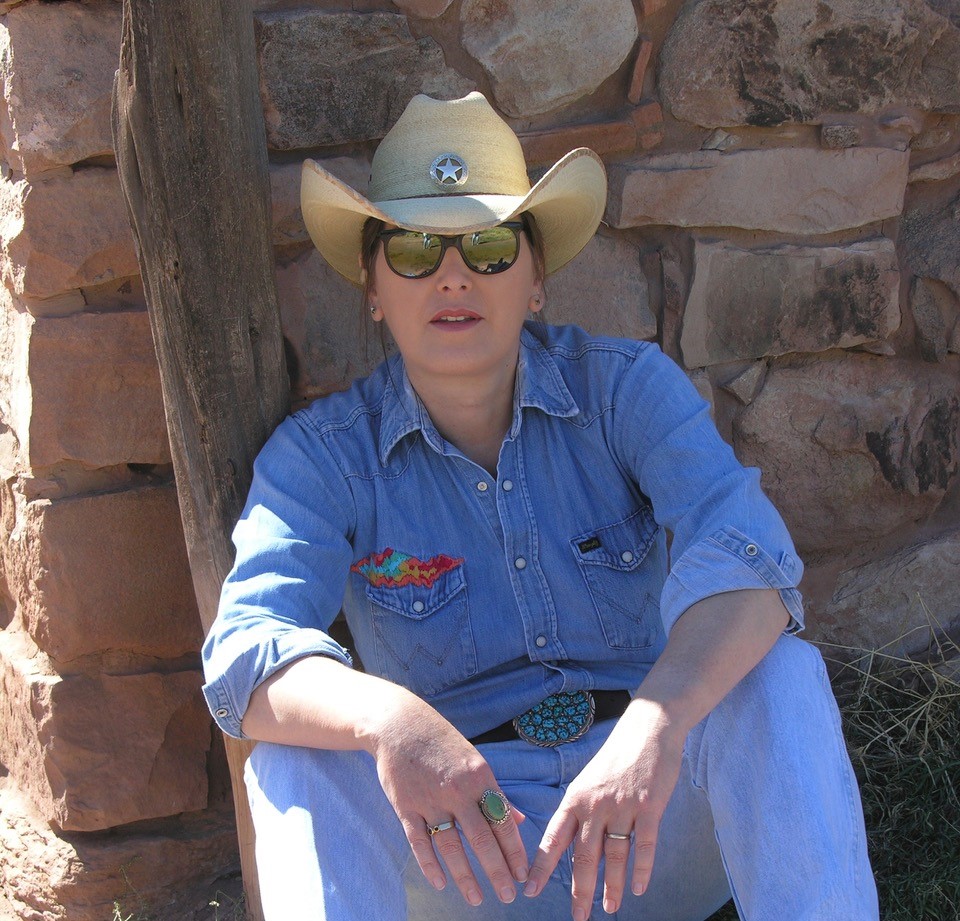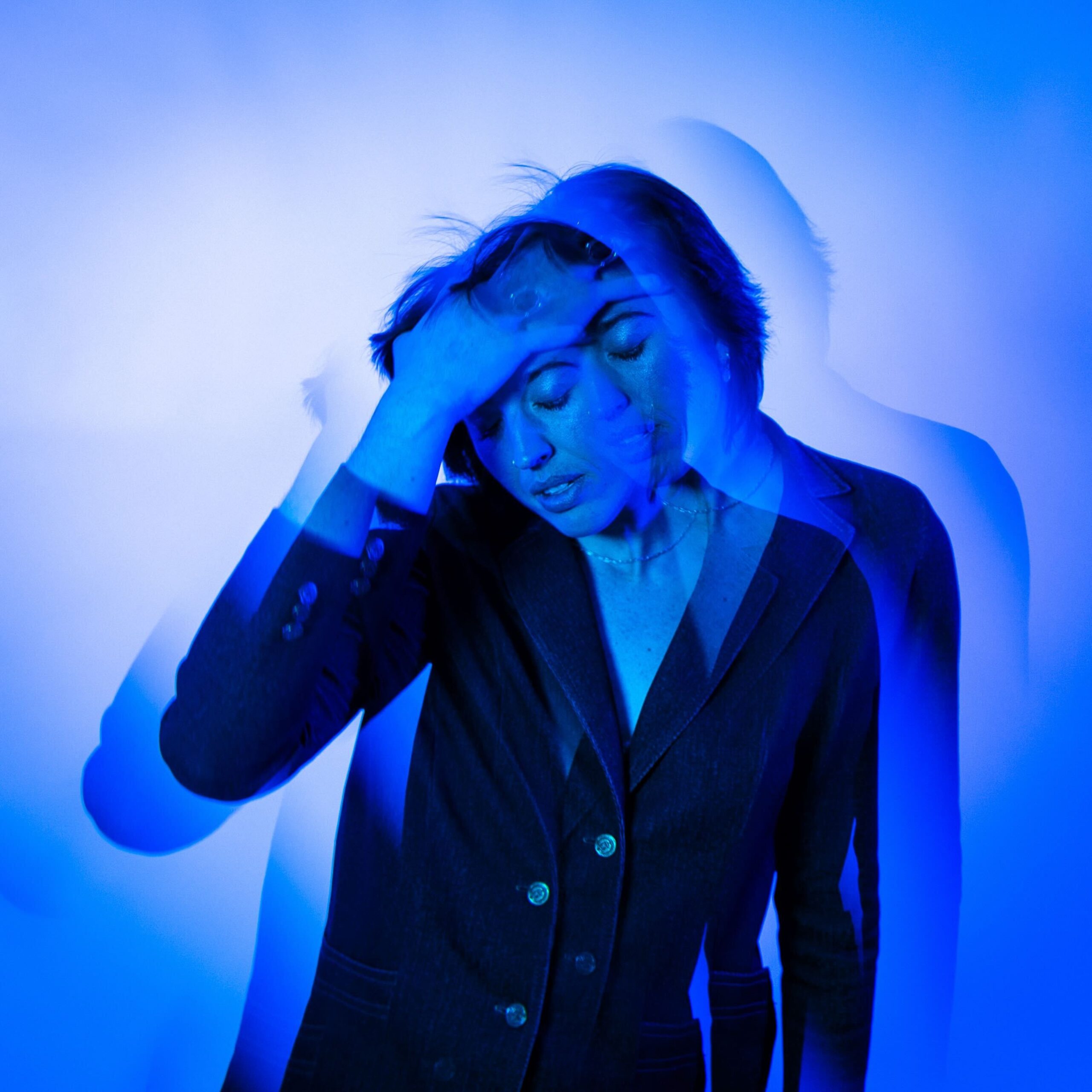Myotis – Anthony Laguerre at Château de Lunéville | Interview | “Mixing harmonies and sound materials”
Exclusive video premiere of Myotis, a project by Anthony Laguerre.
Anthony Laguerre is a versatile musician, composer, improviser and sound engineer. Growing up listening to noise, rock and improvised music, developed his taste for electronics and sound techniques and led him to become a studio and live-recording engineer. His work as a musician is based on sound treated as music. The combination of these influences led him to work on audio forms, mixing harmonies and sound materials. His proclivity for producing developed over the years now allows him to be autonomous in his productions and thus to deepen the research between sounds and music. Anthony Laguerre collaborates with G.W. Sok, Jérôme Noetinger, Alexei Borisov, Olivier Mellano, Isabelle Duthoit, Marie Cambois, Michel Doneda, Thimothée Quost and more.
This music video of ‘Myotis’ (the name for Anthony Laguerre’s solo), was recorded on July 14, 2021 in the burnt areas of the Château de Lunéville in France. It was produced, shot and edited by Vincent Tournaud. This creation is the result of a long collaboration between the two artists who are increasingly developing their own language and their ever-growing connections. In fact, the shooting and the editing are as important as the music. There is no hierarchy here.
“The driving force of the music that I love is energy”
Interview with Anthony Laguerre
The sheer power of your drumming is truly incredible. How do you manage that?
Anthony Laguerre: Thank you very much for this feedback. Generally speaking, the driving force of the music that I love is energy. And to answer your question… I don’t know. I play music trying to turn off my brain, trying the best that I can to be connected to my unconscious. I would like it to be the one playing. That certainly allows me to escape my own judgement which could interfere with my music, because it is frequently worse than others. After a musical moment that I have just gone through and that went well in principle, if I’ve had the feeling of surfing it means that I have managed to go through this moment on a wave of energy completely losing track of time. It is this desire to be out of time that makes me play music. Therefore the release that offers drums through their physical play is certainly not to be denied… To beat is reality. I play loudly because I play with relaxed skins or I play with relaxed skins in order to play loudly… I don’t know either! In both cases I do what it takes to never assault the people I play with or who are listening.

What are some of the most important players that influenced your own style and what in particular did they employ in their playing that you liked?
The first drummer that I have listened to was Dave Grohl from Nirvana. It’s thanks to him that I started singing the first drum parts as melodies in their own rights. Then there was Abe Cunningham from Deftones and Jimmy Chamberlain from Smashing Pumpkins. Even if these influences are far from me today, this is still the first rock music that I listened to. It is deeply anchored within me. Even if, once again, it is far, very far from me today. From 90’s rock, if I had to pick one, it would be Steve Shelley from Sonic Youth. He speaks with a vocabulary as open as it is broad and an energy based on finesse and melody… Since then, I’ve had different groups and different human and musical experiences that have nourished me as a listener as well as a musician.
Improvisational music has allowed me to listen differently to the sounds around us. From nature to a factory making manhole covers. Considering sound as music without sticking to an idiom allows us to listen to things in a spectral way, to deconstruct our references and thus construct new ones. I’ve met a lot of musicians like Lê Quan Ninh, Jérôme Noetingerand, Isabelle Duthoit who are as talented in their practice as they are incredible in their responsiveness to the moment. Through their sound and their movements they create a powerful and out-of-time music, that is based on their experience of living in the moment. Also, on the fact that the audience wants to listen to their music as it is. No notes, no melodies, just sound. There are also all the human encounters, people you meet here and there, who supervise, educate and share. These are as important as the “artists” that I have met. Impossible for me to list them here. I am caught between modesty and the desire not to offend anyone by an unfortunate oversight!
“Sending everything into a long reverb”
You’re a very active musician in many different projects, but let’s discuss your latest project first. Myotis consists of drums, amplification and feedback. Would you like to share some background behind this concept?
Yes, of course! I wanted to work on a solo in order to challenge my practice in both form and content. Working on the drum melody was a desire but I wanted to find the most singular way possible. Without lying, the most complicated thing was to be as aware as possible of where I was at. And this is really not easy. Soloing allows you to do this work if you put your mind to it. I told myself that my sound engineer hat could be an important element in the research of something singular. I am not the only drummer/sound engineer in the world, far from it, but it was a card that I thought was important to play. So I started working on the sounds that usually bother sound engineers the most. I put microphones here and there around drums in order to find a maximum of resonance to amplify them. After an experience playing in a church I decided to send everything into a long reverb… And Myotis was born. From a more technical point of view, I put three systems of diffusion around the drums: A guitar amp, two small speakers and the sound system with a Sub. The first two are designed to generate feedback like an electric guitar and the third is used to amplify it all. Like a noise band. The name Myotis refers to a family of bats. I am a member of an environmental education group and these animals have always intrigued me. As much in what they are as in what humans think they know about them. The fact that they produce sounds that we don’t hear reminded me directly of the sounds I generate with my drums that we normally wouldn’t hear.
So this is basically the result of your philosophy; “sound treated as music”?
Yes, exactly. But it isn’t just mine, it is shared by many people. For example John Cage said something like: “If a sound bothers you, listen to it.”. So I started from this premise and took it at face value. This sentence alone sums up the fact that music only exists if it is actively listened to in this sense. It exists only if the listener positions himself as a sound receptor and decides to listen to their musicality. This leads one to extract oneself from the framework usually known and normalized by notes, rhythms etc… Try it in a train station, you will see, it is very musical!
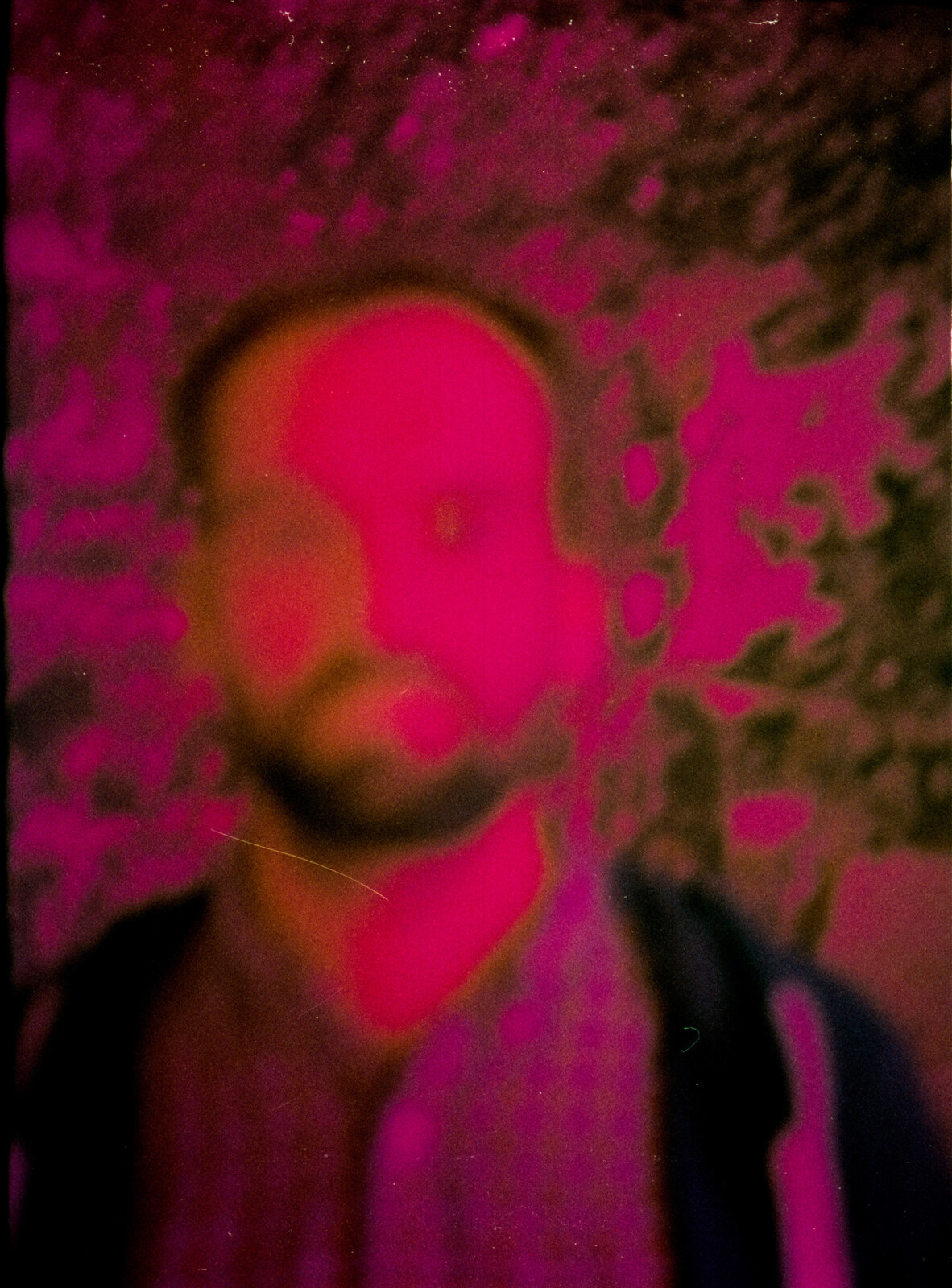
“The work is not in the drum exercises but in the work of the moment as such”
Give us some insights on developing your drumming technique.
I have to say that I never practise drums. I am not interested in it. I am self-taught, I have always played with others. So I learned by doing with others. It is my medium but what drives me is the relationship to the moment, whether I’m going through it alone or in a group. “How am I going to perform tonight” is only relevant to where I am and, more importantly, how I am going to work to try to bring people together. To make them listen. I love the silences that an excellent concert can produce. It’s the main point for me. I am happy when I succeed. That is why, in my opinion, the work is not in the drum exercises but in the work of the moment as such. As I was saying, I try to turn off everything, except for my ears and my antennas which try to reach space. Somehow, if the concert goes well, it is my body that makes it. It has sometimes happened to me, for very brief moments, that I was a spectator watching myself play. It is very enjoyable.
I would love it if you can touch upon the latest music video of Myotis that we’re premiering today on it’s Psychedelic Baby! Magazine.
This video is an improvisation. I have never played what was shot before and the take that was done was done at the time. In one take. I improvised the music and Vincent Tournaud (who made this video) improvised its images, its movements, its framing. We have been working together for a long time (about 8 years) already at the time of Filiamotsa. We are starting to form a real duo, he and I. By the way, the desire to create films based on the sound/image relationship is growing. I think he makes his images the same way I make my music. In the present. We have a lot of common roots. He is also an ace editor. He is able to recreate a moment based only on sensitivity, in a space, where the format is made for small screens… A magic trick! He is really an excellent filmmaker, cameraman, and editor.
You will be playing live shows in the upcoming weeks. How do you see the relationship between the instrument and the space where the instrument is recorded? Do you discover new aspects of your songs developing in front of an audience?
It depends on what is proposed as the type of relationship with the space I am in. If it is during a concert, the acoustics of the room directly affect the music. The feedback is nourished by the space. Besides, the resonances that the drums can or cannot generate in this space are conducting the music. If I am working in a place where I have to do the sound, it is the opposite, it is the music that affects the space. I think about how to make it resonate with different sound systems here and there. Or not. In both cases, the recording can never reflect what has been done in a space. It is another job nourished by the search for the right sound capture. Sound recording is a musical instrument in itself. Then comes the moment of editing, where the editing will also bring something to the composition. I am comfortable with the fact that a studio album is different from a live recording. It’s not the same listening experience so the music must adapt. When I perform in concert, for the moment, I always start in the same way. With little sounds on a cymbal. I think that it is a way for me to echo-locate the space I am in and also, certainly, to reassure myself…
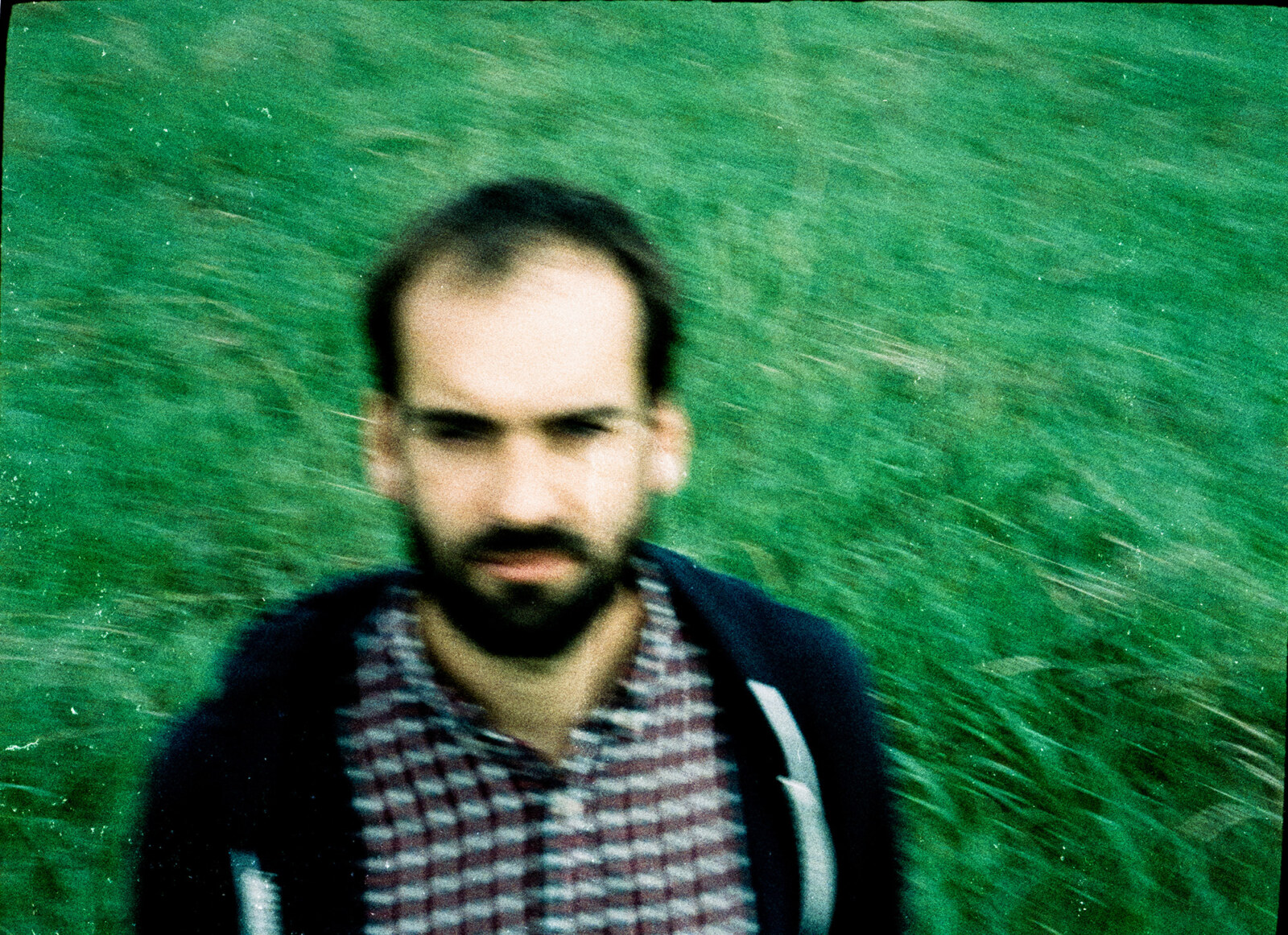
Let’s discuss your past, one of the first projects you were part of is a band called FiliaMotsa.
FiliaMotsa was a band where I learned almost everything. From producing a record to human relationships within a band. It is with this drum/violin duo that I started booking, recording music, understanding how some networks work only to realize that all networks work in the same way, except that they do not all have the same means… This was, for me, the school of life and music. Thanks to this experience, I met a lot of people. We stopped after 10 years of touring and more than 300 concerts all over Europe, United-States and Canada. We met and played with 25 musicians from very different backgrounds, such as G. W. Sok (ex-singer from The Ex) with whom we collaborated for 3 years and recorded an album. Our goal in this band was to cross genres. There were musicians from Reggae and improvised music. Musicians from Rock, from Punk, but also people with an impressive classical music level. This is really the breeding ground for what I do today.
How about Trunks, Praag, Chair and Piles. Would you like to share some further words about those?
What a funny question! I have never played with Trunks, we made a split with them when FiliaMota still existed. This made for a beautiful tour. Praag was an amazing experience for me. When you make your passion your job, there are always times when you feel like you have to go to work, like you have deadlines or something else you have to do. In short, constraints that are anything but the initial passion. This isn’t just pleasure. For me, this band Praag was the place where everything was out of time. We played just to play. Without any projection. Like the time when I first started playing in a band. Praag was a free-rock band, with Dominique Répécaud playing guitar. He was the director of the Vandoeuvre-Lès-Nancy CCAM . An amazing musician and a man with an incredible commitment who has dedicated his life to experimental music and art in general. Many musicians owe him a lot for highlighting these practices that are too often judged too quickly. Originally he was an educator. I think that he has perfectly linked his passion for music and his desire to transmit it to others. We were very connected even if he was 30 years older than me. He passed away 5 years ago. Since then, I have had a hard time getting back to that place of play. But I feel that it is coming back. Chair is a band for which I have produced a disc and played the drums. Dominique wanted to release an album of this band with his label but the three members didn’t have a drummer. Their beatbox broke just before the recording! So I said yes and it was great. A sort of Sonic Youth crossed with the Swans. A real red carpet affair! Piles is a drum trio with two amazing drummers: Michel Deltruc and Guigou Chenevier. They have given me a lot in my life as a musician and as a human being. I feel lucky to have crossed paths with them. We did a concert and an album. It was a great experience… It also was the first time that I wrote for percussionists other than me. And what percussionists! It opened up some great perspectives for me!
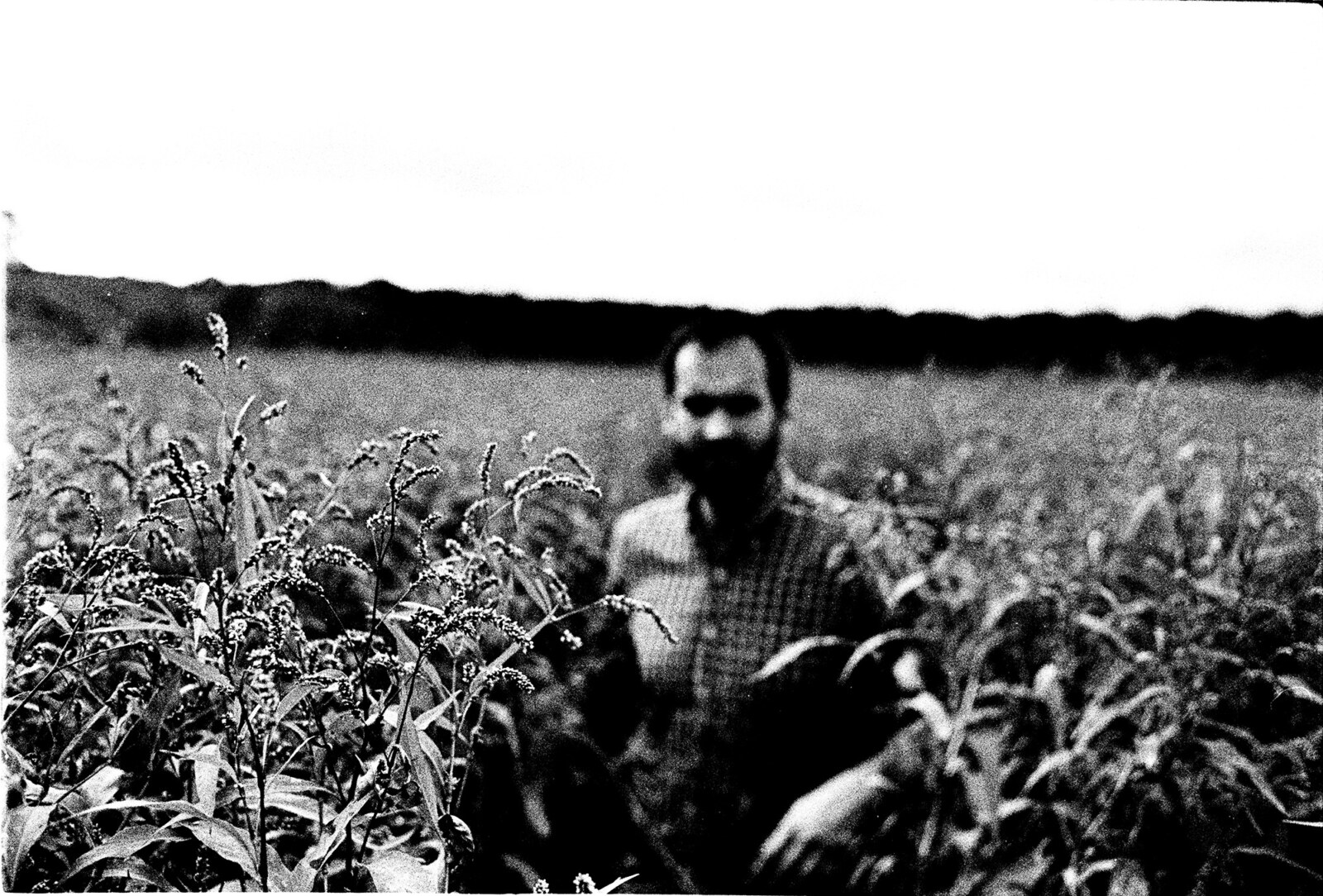
Do you have any other active projects going on at this point?
I have plans with dance companies, for example with Marie Cambois or with Jérôme Brabant, both choreographers. And a current project with Julien Fisera who is a director with whom I am working on a play about Maurice Ravel. Because of Covid and its changing schedule, I’ve realized two projects in 6 months. One with a symphonic orchestra and one with Les Percussions de Strasbourg. Les Percussions de Strasbourg is a contemporary music ensemble for which, for example, Xenakis wrote a lot. I suggested they extend my solo to several people and they accepted. In my solo, I play the mixing console as much as the drums. Here, I wanted to break things up. I wanted other people to play the drums (and that allowed me to take a step back from this instrument) and thus to focus on the mixing console emphasized by a Revox B77 tape recorder. The amplification system and the type of sound are the same as for my Myotis solo. Since it is extended to 4 percussionists and myself, I have named it ‘Myotis V’… We have already had 3 concerts. I am very happy about it, it is a really good team. The album is coming out next September or October. After the end of Filiamotsa, G. W. Sok (Ex singer from The Ex) and I wanted to continue working together. So that my music and his poetry keep crossing each other. I was lucky enough to meet a conductor in Nancy, François Legée, who made his orchestra available to me without any limits. So I could start to dream of writing for a symphony orchestra. I proposed this idea to G.W. Sok and he thought it was great. So L&S was born. Unfortunately, this piece could not be played because of Covid. A disc was recorded and mastered. I spent 3 years composing and 6 months producing. I can’t wait for this project to see the light of day. That it meets an audience. Also, I share the stage with Jérôme Noetinger, in a duo, we produced a disc together; I also play in a duo with Isabelle Duthoit. They are two impressive improvisors. I am always looking to meet new people, on stage or elsewhere. There are still many paths to cross. Some are in progress, others are more advanced. In any case, I think my main project is to constantly work on the edge between improvised music (which leads me to think of sound as music) and rock/noise (which leads me to work more and more around the question of energy). I love building bridges between these two worlds that don’t cross each other enough.
Klemen Breznikar
Headline photo by Gregory Dargent
Anthony Laguerre Official Website / Facebook / Instagram

